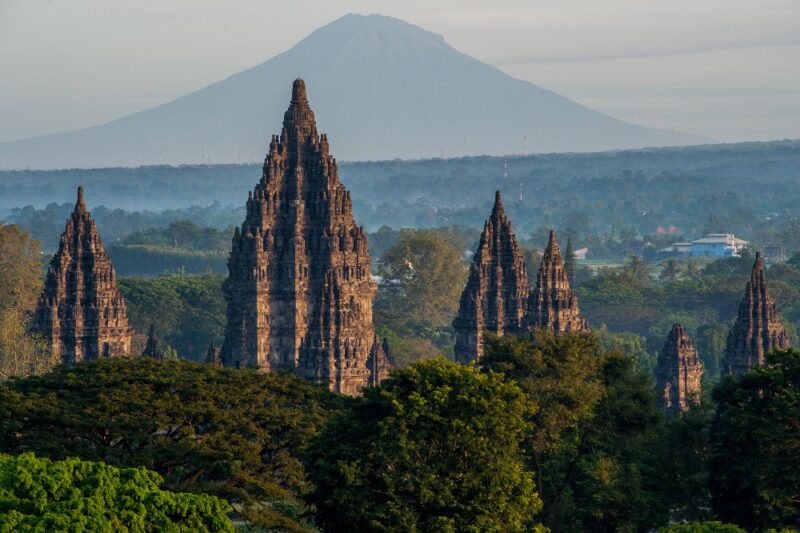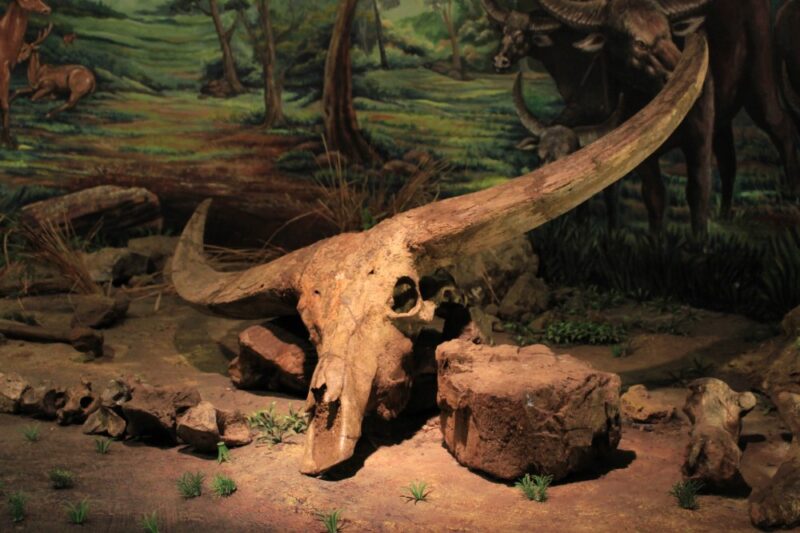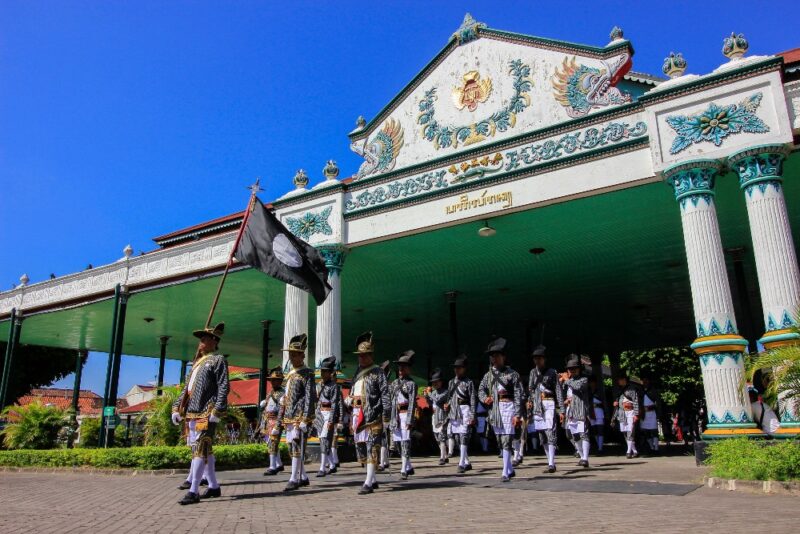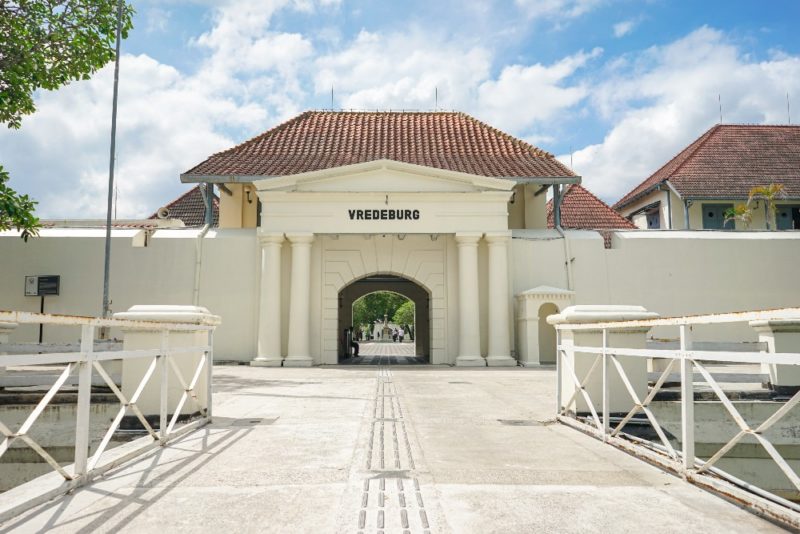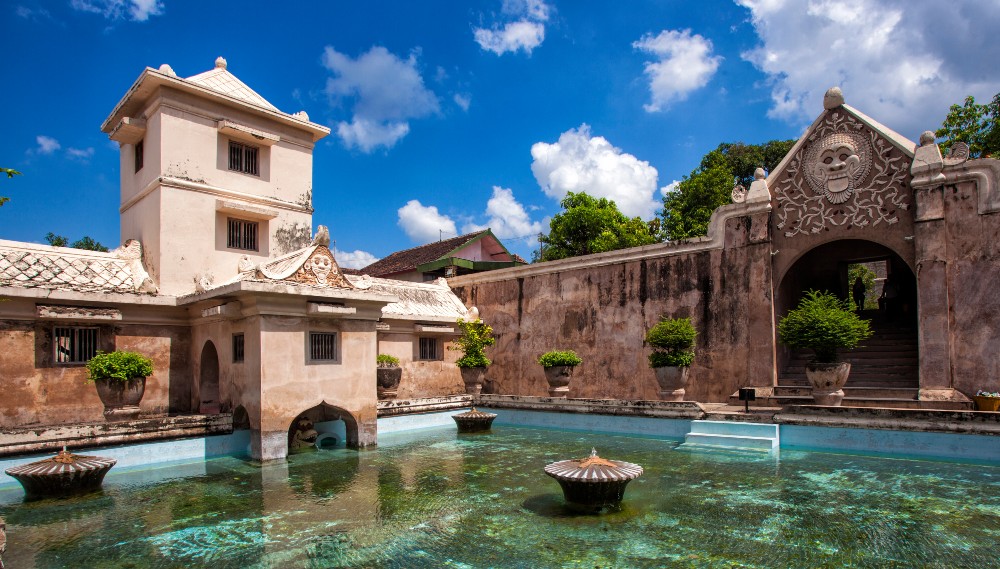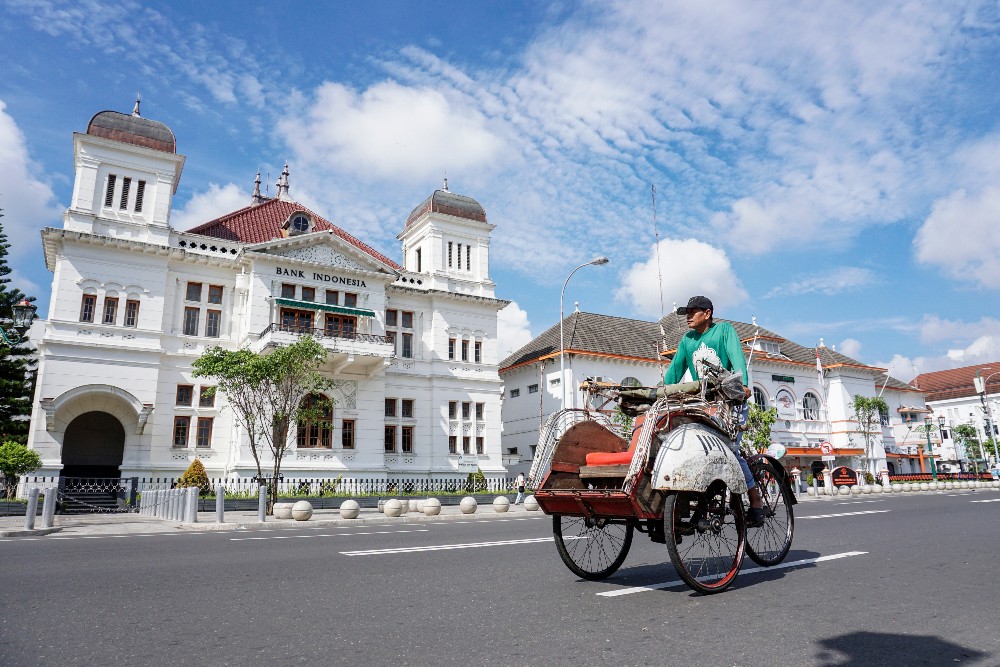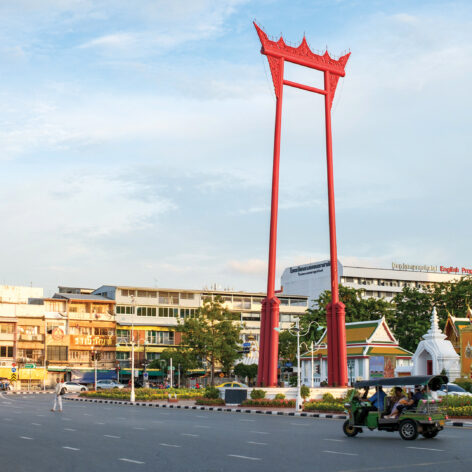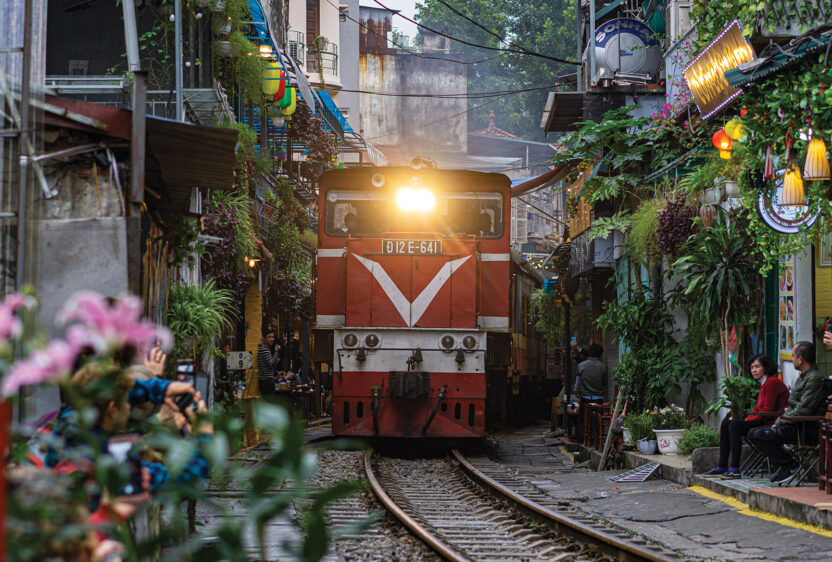Indonesia has many claims to fame: its white sandy beaches, magnificent mountains, lush terraced fields, diverse cultures, colorful markets and ancient history. It’s hardly surprising then that the world’s largest archipelago nation is also home to nine UNESCO Heritage Sites — the highest number in Southeast Asia. Four of these nine UNESCO sites are found on the island of Java, and three of these are easily accessible from Yogyakarta, one of the island’s key cities.
Fondly called Jogja by its residents, the city of Yogyakarta is at the heart of Javanese culture. It’s the only Indonesian city still ruled by a sultan, and is known largely for its traditional arts, from dance to puppetry, textile weaving to silversmithing. To wrap your head around Javanese heritage, here are six of Yogyakarta’s UNESCO sites and other stunning historical buildings.
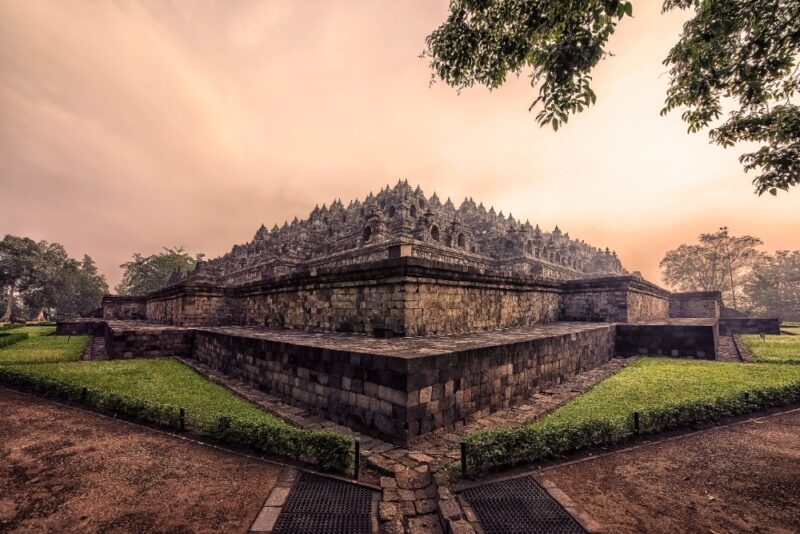
Sunrise views at Borobudur
A trip to Jogja isn’t complete without a visit to Borobudur, a 90-minute drive from the city in Java’s Kedu valley. Comprising countless interlocked Lego-like volcanic blocks, Borobudur is Indonesia’s most famous landmark. The iconic 9th-century complex, and the largest Buddhist temple in the world, also features 2,672 carved panels and over 500 Buddha statues. The temple was built during the reign of the Sailendra dynasty between 780 CE and 840 CE, and designed according to Javanese Buddhist architecture styles, with influences of India’s Gupta architecture. Its nine concentric platforms, each topped by a terrace that in turn is crowned by a central dome, represents Mount Meru, the spiritual home of all Buddhists. Catch views of its surrounding terraced fields, soaked in hues of orange at dawn, from the nearby Setumbu Hill.




